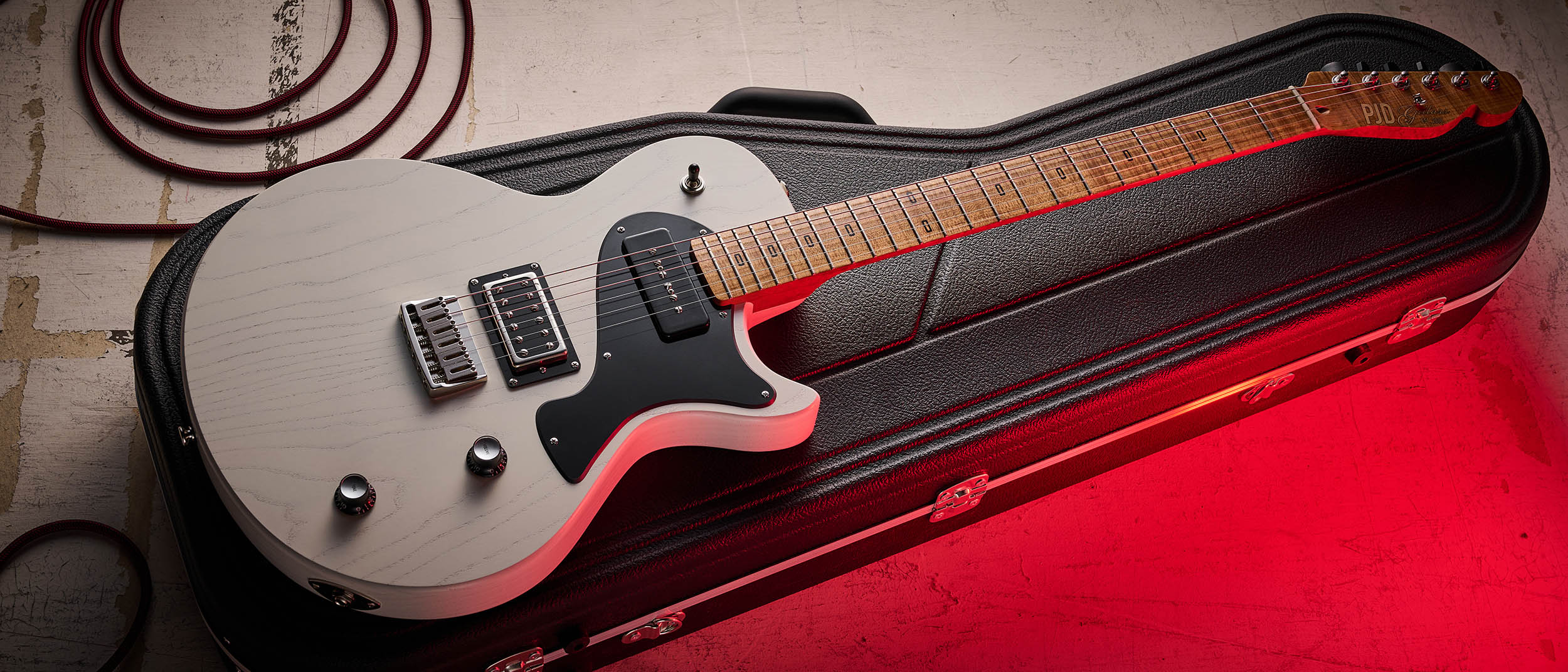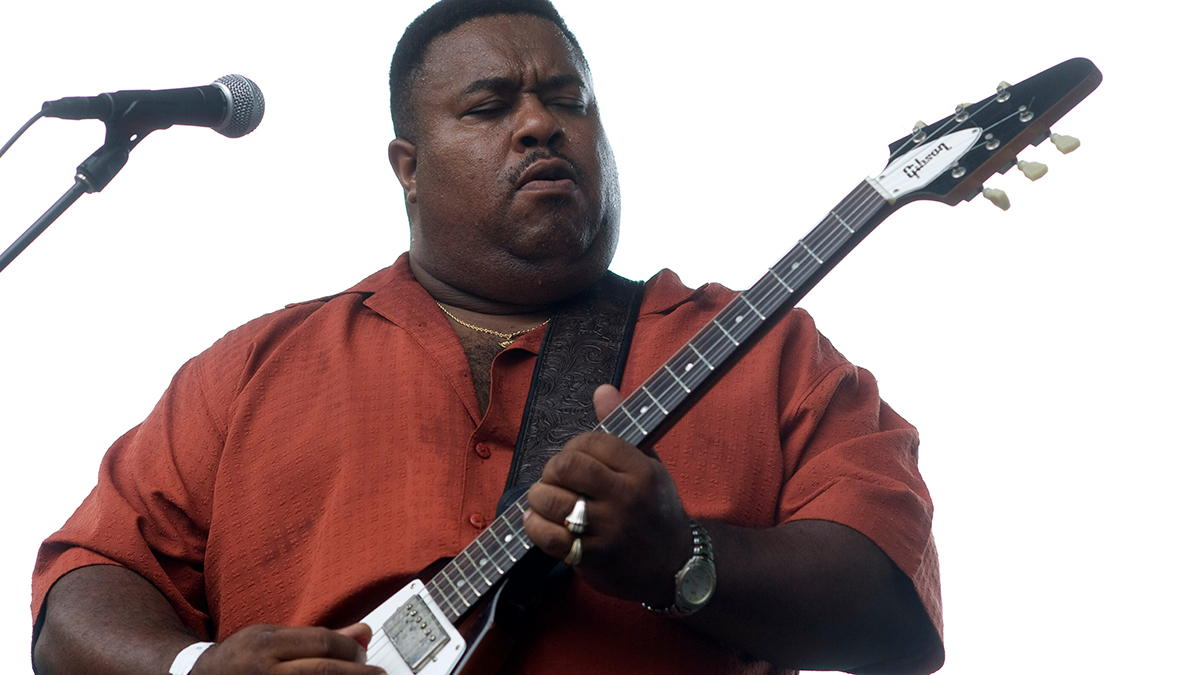Guitar World Verdict
It’s hugely stable and in tune, resonant and lively with a range of sounds – from jazz-age thinline to classic rock – that are easily accessed from the toggle switch, volume and tone controls. As that grab-and-go gigging and jamming guitar, not to mention the perfect at-home unplugged ‘acoustic’, it’s all that many players could need.
Pros
- +
Crisp, detailed build and finishing.
- +
The neck plays as well as it looks.
- +
Excellent weight, expansive and quality sounds from classic pickup set and simple controls.
- +
Custom Shop quality at production price.
Cons
- -
Might be too utilitarian-looking and simple for some tastes, but that’s sort of the point; very hard to fault.
You can trust Guitar World
What is it?
If you think you’ve seen this guitar before, you’re almost right! The style goes back to 2020 and was called the Carey Standard – a more utilitarian take on PJD’s then top-line Carey Elite and the 10th Anniversary Carey Custom.
As we’ve documented in previous reviews, it’s been a rocky ride since then for the now 15-year-old brand, not least battling through the pandemic and a failed guitar-making hub, UKGB.
But since 2023’s reboot, a more stable course has emerged with a new factory and the very production-aimed Standard Series (which includes the Carey, St John offset, original T-style York, classic S-style Woodford and original offset Valhalla models), as well as the newly formed Custom Shop, which produces the higher-end Elite models, customer one-offs and our Carey Classic.
This new model is based on that early Carey Standard; PJD co-owner Leigh Dovey believes it was the first one he made. That guitar has been on a bit of a long Longtermers test here at Guitarist.
It was this writer’s lockdown buddy that I eventually got to gig and I’ve barely used anything else since (slide guitars excepted) for a fair number of ‘no idea what we’re going to play’ pub gigs, the occasional street party and plenty of recordings and practice.
Pulling the new guitar out of its PJD-logo’d Hiscox guitar case it’s clearly a close cousin but not exactly a ‘reissue’. That’s not the point. Instead, the original-style Carey has grown up a bit and employs many of the tweaks and subtle improvements that PJD used at both its Standard and Custom Shop levels.
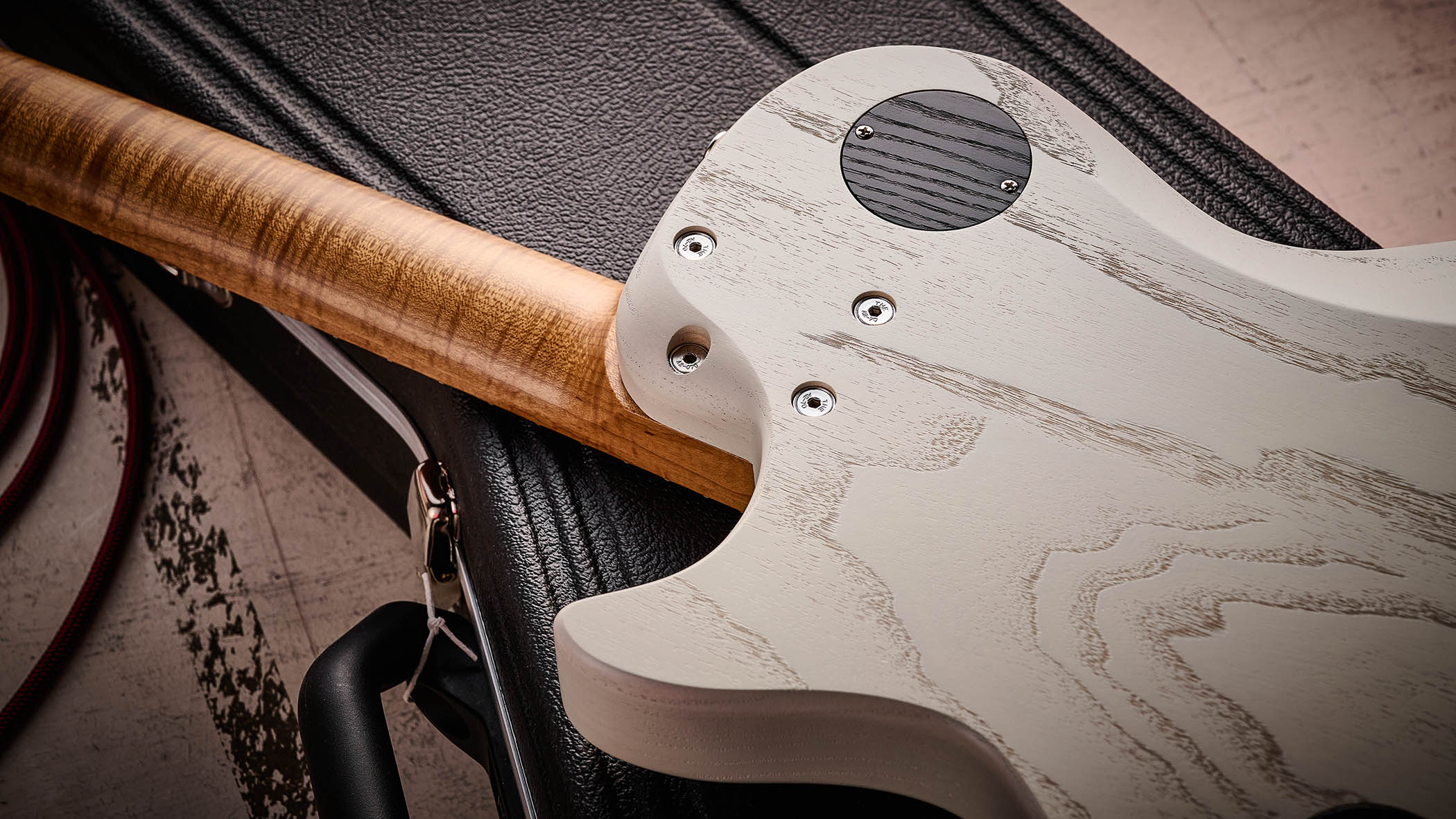
As PJD’s Custom Shop luthier, Josh Parkin, comments: “We tried to keep the essence of the guitar the same as the old specs but with all the niceties and details we’ve been improving on over the last few years.”
All the latest guitar news, interviews, lessons, reviews, deals and more, direct to your inbox!
The new Carey goes back to a semi-solid chambered swamp ash body with that distinctive thin, translucent white nitro finish that’s open-grained but smooth, and yet it’s slightly heavier and marginally less ‘semi’ now as we have a ribcage contour on the back (though the front stays flat).
There’s nice contouring around the heel, too, and the body edges have slightly larger rounded-edge chamfers that are a little smoother than the sharper-edged original.
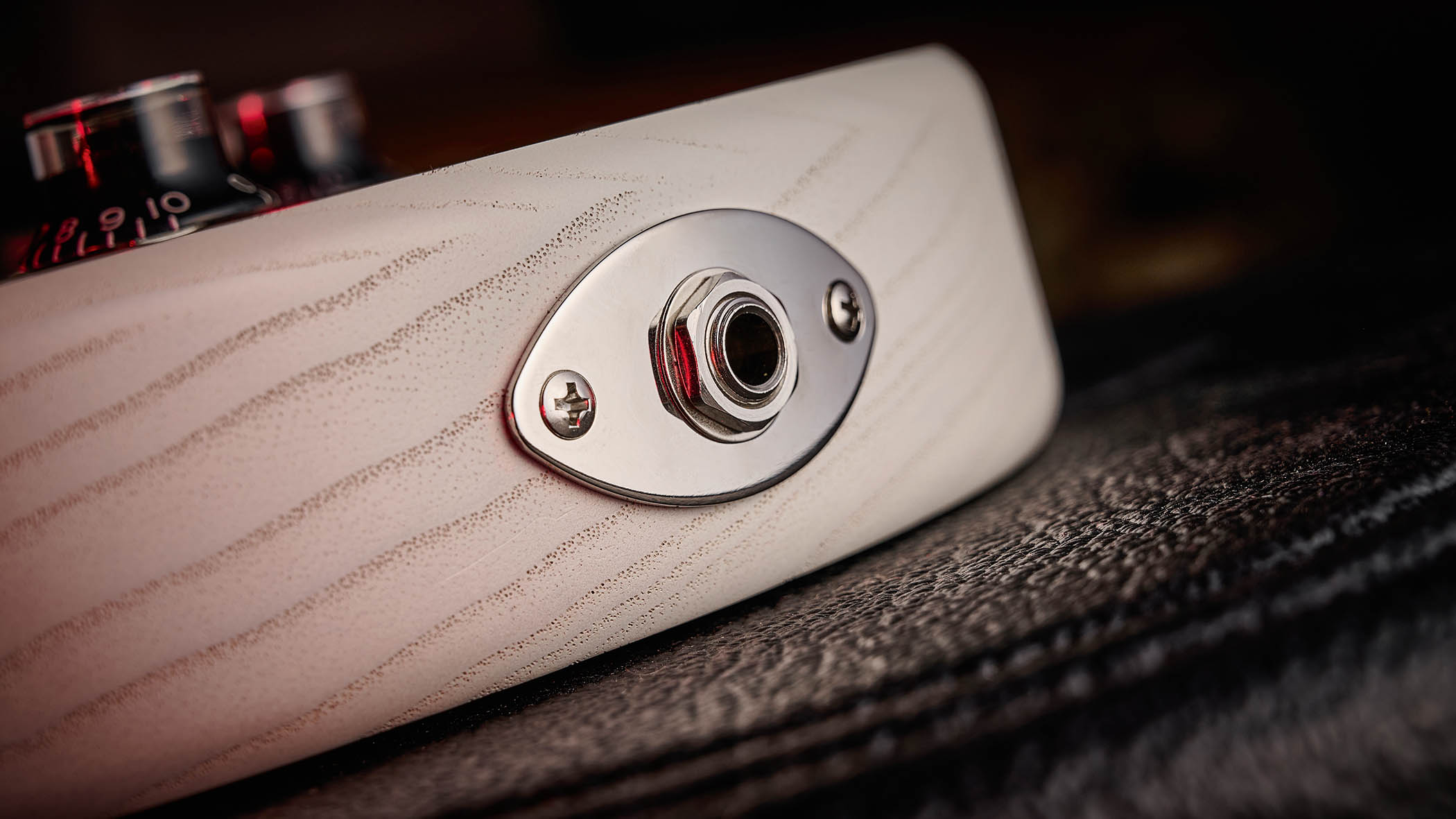
Obviously, with this high-contrast colour scheme the pickguard plays an important part visually, and the stylised Les Paul Junior single-ply ’plate looks identical to the original, although now it’s attached with six screws instead of four.
The neck eschews screws and is attached with proper Allen-key bolts, like all PJD models... It’s a lovely looking piece of quarter-sawn roasted and figured maple
The neck eschews screws and is attached with proper Allen-key bolts, like all PJD models, and it follows the style of those original builds, too. It’s a lovely looking piece of quarter-sawn roasted and figured maple with beautifully understated flaming on the back and a super-smooth satin finish that, like the original, will no doubt burnish up to more of a gloss with use.
The original rectangular fingerboard face inlays are retained, but the oversized black side dots of that earlier guitar are now a more regular diameter. Also, instead of the laser-etched original logo, here it’s a proper decal, and the truss rod access hole is now round, not square-edged as it was. Like we say, more refined craft.
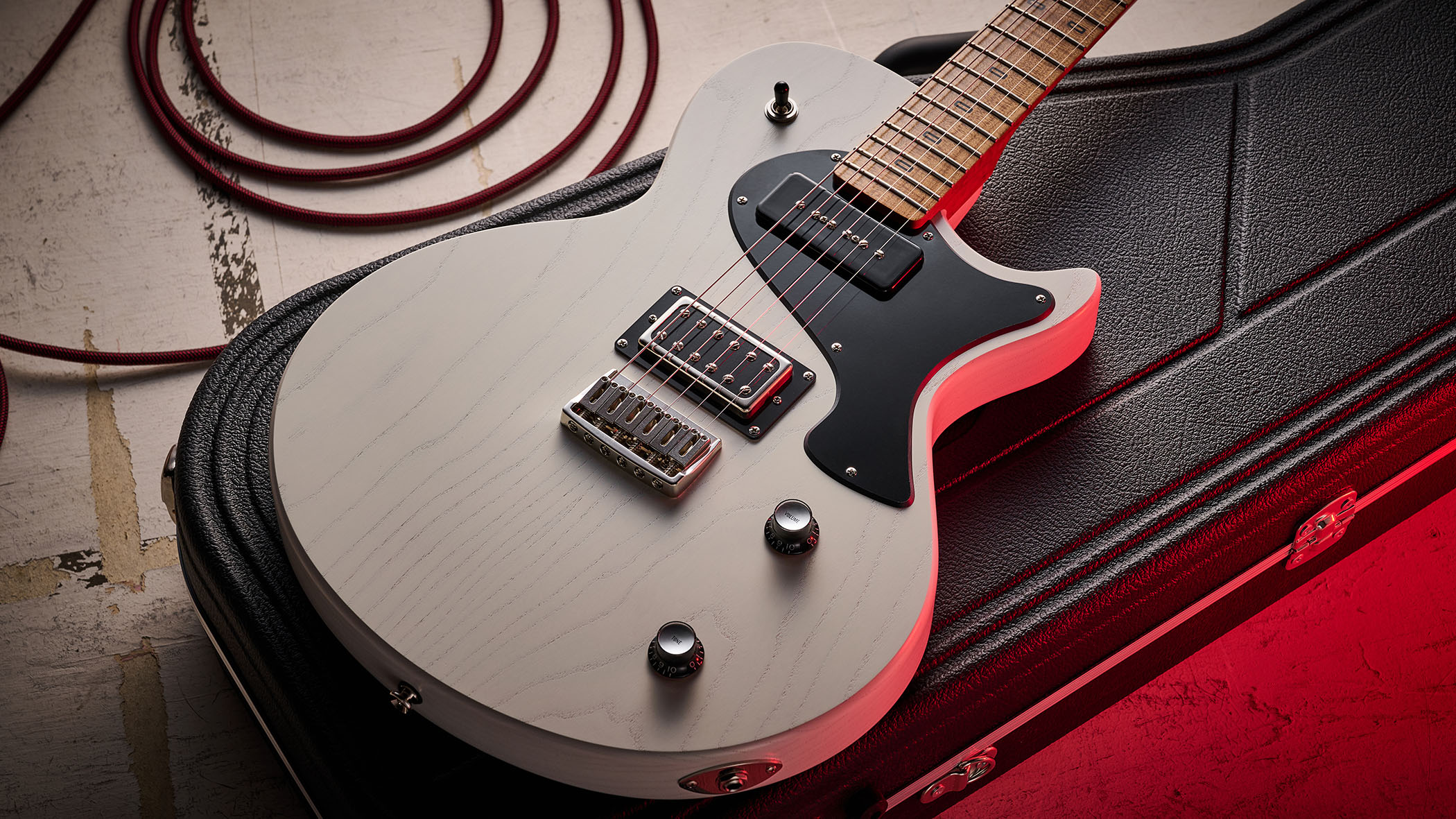
While Gotoh hardware is still employed, here at the Custom Shop level it’s that smart 510 FX-6 hardtail through-strung bridge with light walls to the brass top-plate and steel block saddles, while the more Fender-style split-post tuners change to Gotoh SG510 18:1 ratio tuners with ebony buttons.
The Carey originally shipped with Bare Knuckle Boot Camp Old Guard pickups: a covered humbucker at the bridge and black covered soapbar at the neck. PJD then also offered original Cream T pickups, which have been on this writer’s original these past years.
But as of 2023 PJD is now producing its own pickups in-house; the partial cover and dual screw coils of the bridge humbucker give a different look from the original’s classic Patent Applied For style.
Specs
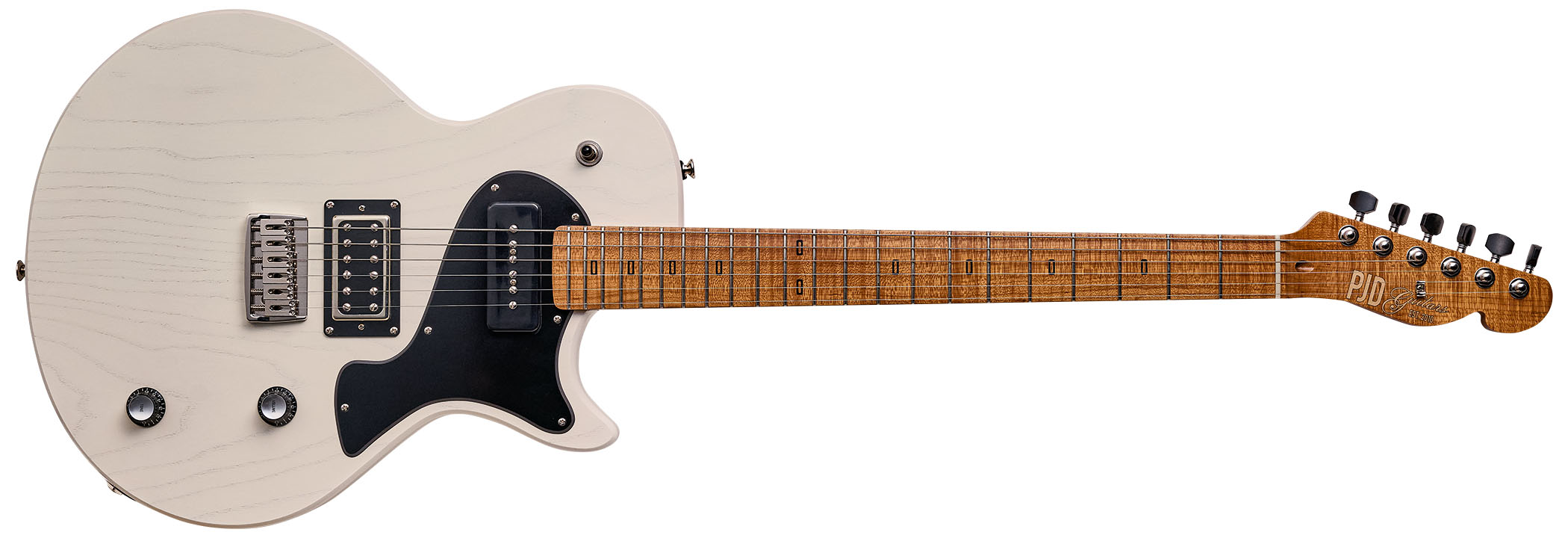
- PRICE: £1,899 (approximately, $2,599, inc case)
- ORIGIN: UK
- TYPE: Single-cutaway, chambered body electric
- BODY: 2-piece swamp ash back (chambered) w/ separate 2-piece top
- NECK: Quarter-sawn roasted figured maple, Classic profile, bolt-on
- SCALE LENGTH: 648mm (25.5”)
- NUT/WIDTH: Bone/42.3mm
- FINGERBOARD: Quarter-sawn roasted figured maple, rectangular black acrylic inlays, 254‑305mm (10-12”) radius
- FRETS: 22, medium (Jescar FW55090)
- HARDWARE: Gotoh 510FX-6 string-through 6-block saddle bridge, Gotoh SG510 18:1 ratio tuners w/ ebony buttons – nickel-plated
- STRING SPACING, BRIDGE: 52.5mm
- ELECTRICS: PJD D-90 soapbar single coil (neck) and B-Bucker (bridge), 3-way toggle pickup selector switch, master volume and tone controls
- WEIGHT (kg/lb): 3.28/7.22
- OPTIONS: Not on this 15th Anniversary run
- RANGE OPTIONS: The Carey Standard with solid lightweight obeche body is £1,299. In the Custom Shop, the Carey Elite is £3,199
- LEFT-HANDERS: Not in this 15th Anniversary spec, but standard models are available to order at the same price
- FINISHES: Translucent White (as reviewed) – thin satin nitro cellulose
- CONTACT: PJD Guitars
Playability and sounds
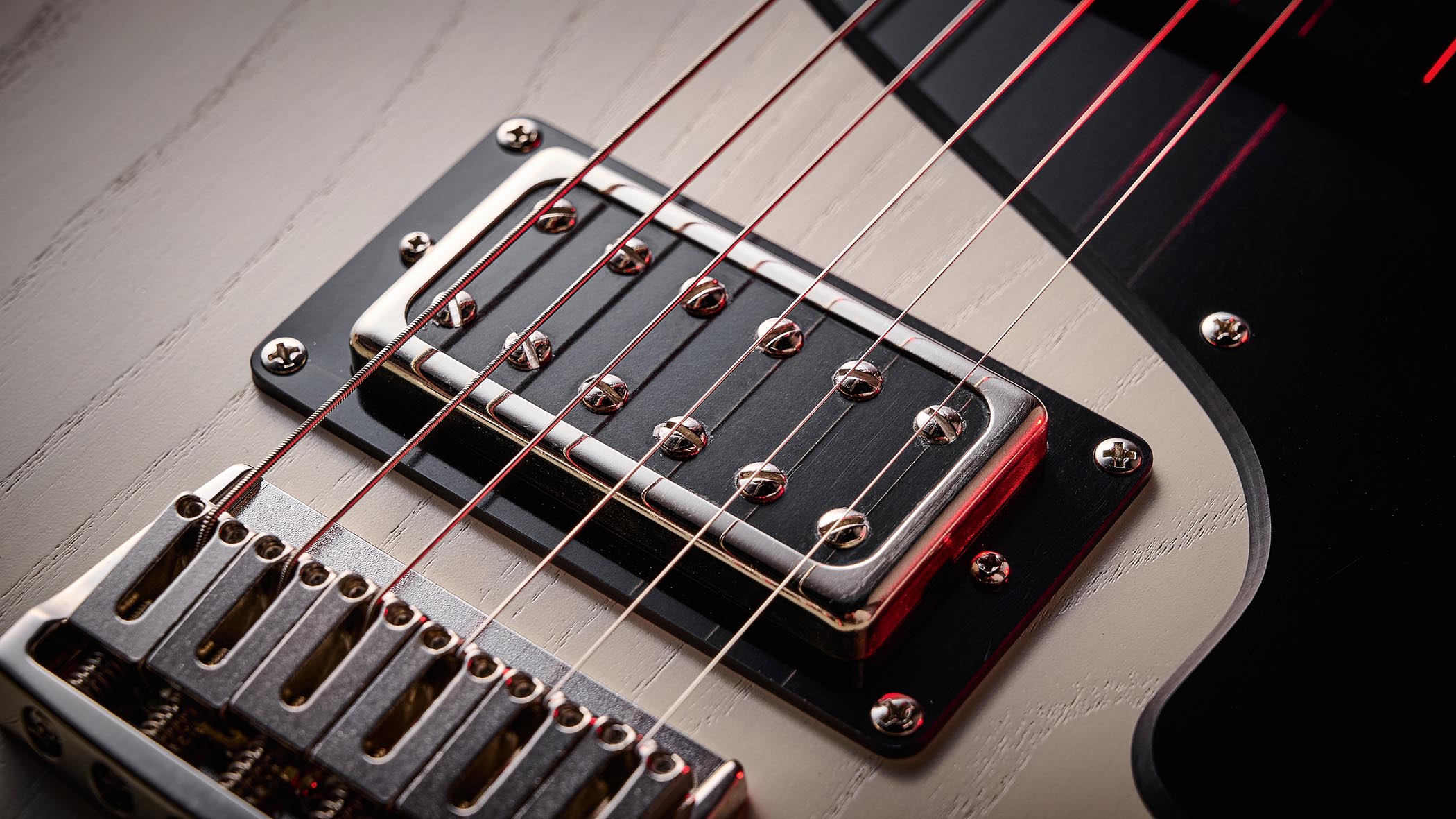
At 3.28kg (7.22lb), the new Carey feels a bit more regular than the almost too-light original that weighs in at just 2.63kg (5.79lb). It’s still beautifully weighted for the bolt-on style, however, and hangs perfectly strapped on.
Dimensionally, the neck itself also measures very close to that original model: a little fuller in the hand than the very mainstream profile of PJD’s Standard models. Here, we have a nut width of 42.3mm and a 1st fret depth of 22.2mm, which only subtly fills out to 23mm by the 12th, and a profile that feels more like a C-meets-D – there’s a little more welcome girth here.
The Jescar fretwire is the same gauge, medium with a good height (2.28mm by 1.25mm), but now the tangs are notched so you don’t see the fret slots from the fingerboard edge like you do on the older model.
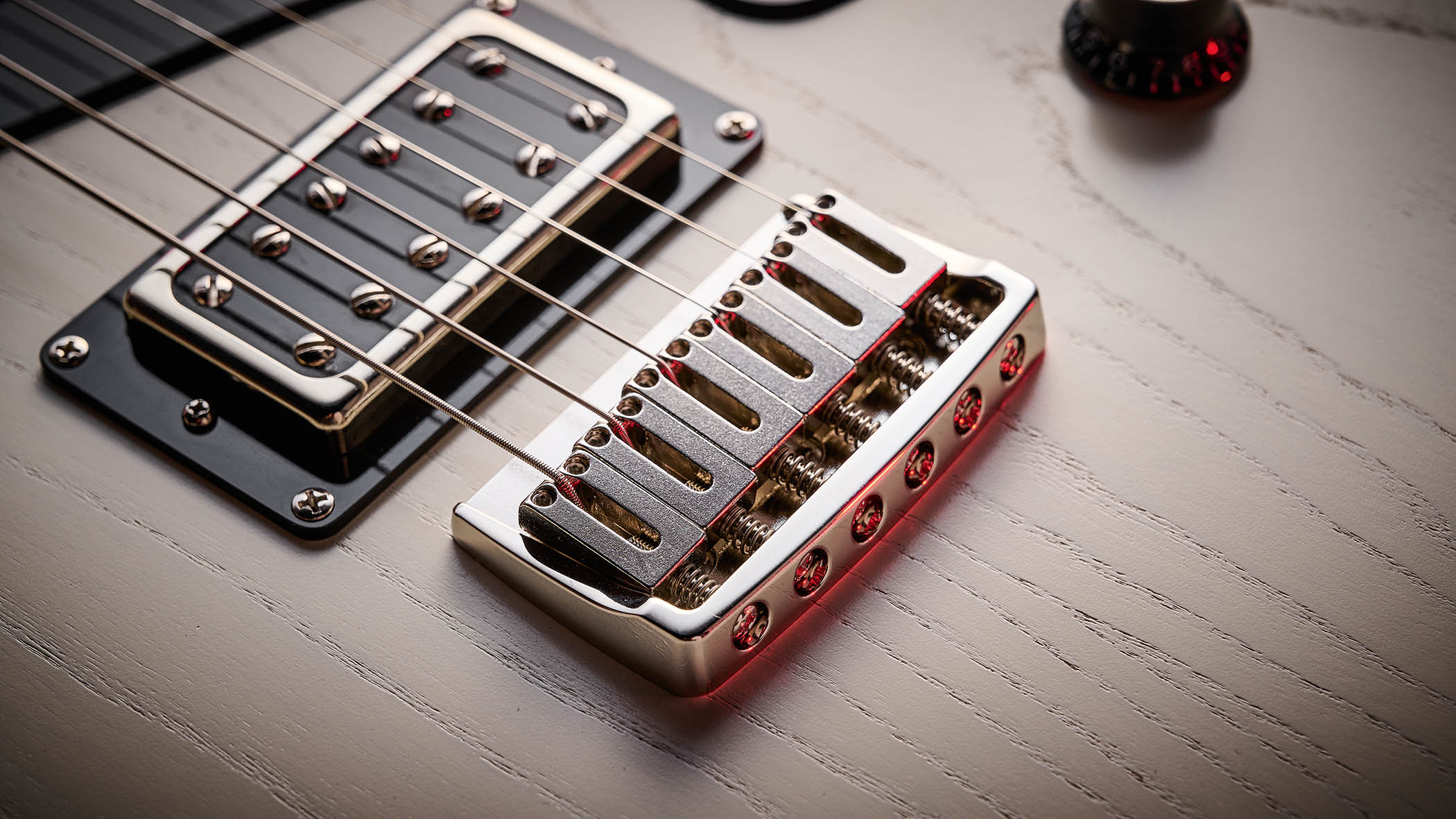
Another progression is that all PJD guitars now go through a Plek process, adding a subtle level of refinement and consistency to the feel and playability, while the 254mm to 305mm (10- to 12-inch) lightly compound radius of the original is retained.
There’s certainly an inviting, lively acoustic ring to the unplugged voice; there’s little doubt that the acoustic side of the instrument is all working as it should. Here, the low strings have a little more zing and twang than the subtly rounder response from the original model, but all of this translates to a very vibrant-sounding guitar plugged in.
There’s a good reason why plenty of makers favour this pickup style. It works so well, not least if you have to cover a few different styles. The D-90 soapbar is a good example: pull back the volume and you’ve got a jazz/blues ‘thinline’ voice that’s hard to argue with and doesn’t sound over-muted in the least.
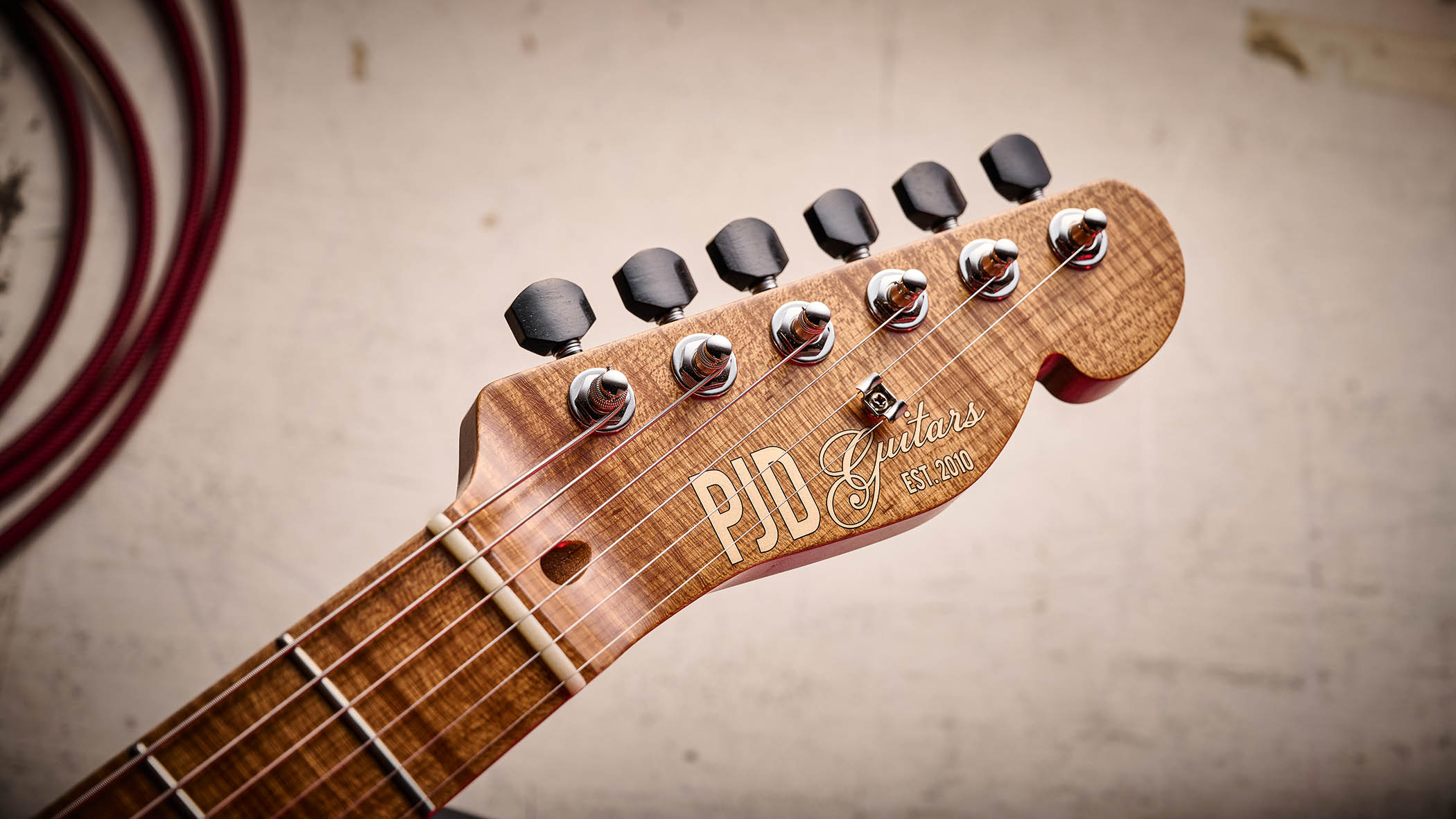
The tone control is well voiced, too, and the control setup remains really fast in use. The bridge B-Bucker falls nicely into the classic Patent Applied For territory, with a subtle injection of heat, and covers a huge range: from slightly honky (in a good way) cleaner blues, ’60s garage rock to ’90s grunge (with some gain, of course) – and, really, it’s even near-perfect for that woody, resonant early Van Halen-style voicing. At full tilt, it comes across as a real hot-rod.
But throughout there’s a good character to the voice, plenty of bite if you need it; it’s almost Telecaster-y with reduced guitar volume and a level boost from your ’board. Again, pull back the volume and round the tone a little and you’re in jangle central, not least with the dual-pickup mix selected.
At stage volume, it’s certainly pretty lively, and whether that’s the ‘semi’ construction, the light weight or whatever, we don’t care. It’s just a great place to be.
Of course, comparing the voice with that of the original guitar is like comparing a couple of very similar Stratocasters: very close but with subtle differences. If we had to split hairs, the new guitar almost edges into a rockier character, but they’re very close siblings for sure, and once again it’s the wide range of voices that impresses. Old or new, these are far from one-trick ponies.
Verdict
Verdict: ★★★★★
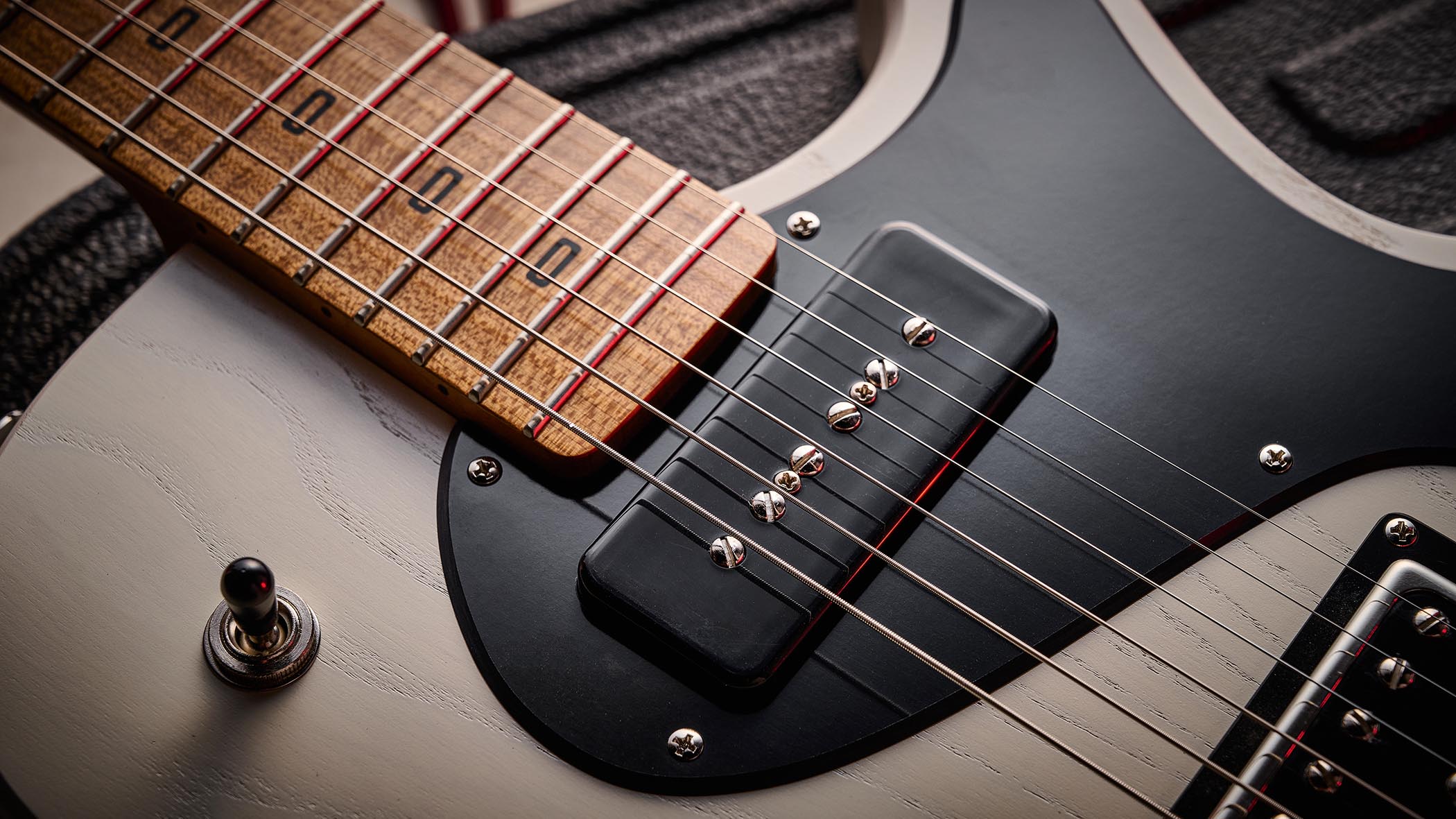
As we hopefully illustrate on a regular basis, there’s no shortage of UK makers covering pretty much every style you can imagine: from vintage clones to modern and retro-styled original designs, with or without exotic woods, and quite a lot in between.
Where does PJD fit? There’s a very functional, fit-for-purpose style that runs through the various models. The start-up Standard range, retailing from £1,299, is hard to argue with, while the direct-only single-pickup Apprentice models have to be the best value UK-made solidbodies out there at just at £899.
There’s no fuss, no bling, but the player-led presentation remains one of the most fit-for-purpose class acts we’ve encountered
Moving into the Custom Shop level, the prices rise but so does the detail. When we reviewed the slightly posher Carey Elite, it scored a 10/10 Gold award, a pretty perfect journeyman guitar, and this new Classic is only £100 more than the original model when it launched in 2020.
But like that Carey Elite, this nod back to PJD’s past is equally hard to fault. There’s no fuss, no bling, but the player-led presentation remains one of the most fit-for-purpose class acts we’ve encountered.
Guitar World verdict: It’s hugely stable and in tune, resonant and lively with a range of sounds – from jazz-age thinline to classic rock – that are easily accessed from the toggle switch, volume and tone controls. As that grab-and-go gigging and jamming guitar, not to mention the perfect at-home unplugged ‘acoustic’, it’s all that many players could need.

Dave Burrluck is one of the world’s most experienced guitar journalists, who started writing back in the '80s for International Musician and Recording World, co-founded The Guitar Magazine and has been the Gear Reviews Editor of Guitarist magazine for the past two decades. Along the way, Dave has been the sole author of The PRS Guitar Book and The Player's Guide to Guitar Maintenance as well as contributing to numerous other books on the electric guitar. Dave is an active gigging and recording musician and still finds time to make, repair and mod guitars, not least for Guitarist’s The Mod Squad.
You must confirm your public display name before commenting
Please logout and then login again, you will then be prompted to enter your display name.
